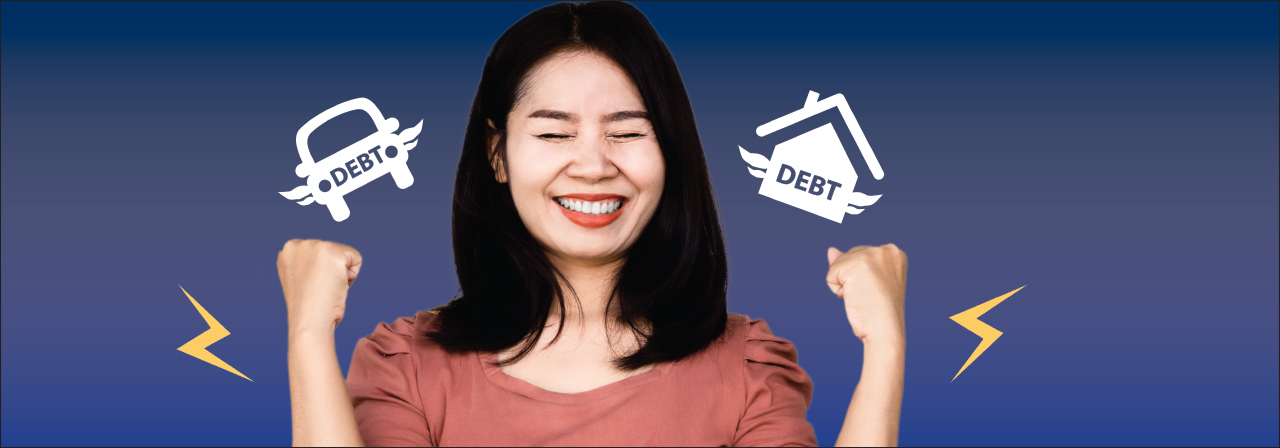Are you struggling with high-interest debts? Taking out a strategic cash-out refinance can help you pay them off. It involves converting part of your home equity—the difference between your property’s market value and outstanding mortgage—into cash by increasing your loan. This allows you to focus on a single and probably a low-rate mortgage payment. However, when deciding to use cash-out refinance to pay off debt, it’s good to understand what it entails and determine if it’s the right solution for you. Read on to learn more about cash-out refinance.
Cash-Out Refinance Overview
A cash-out refinance allows you to tap into the equity you’ve built up in your home over time. It replaces your existing mortgage with a larger one. The new loan amount will be equivalent to the old mortgage balance and all or part of your home equity. So, a big portion of this sum covers the previous mortgage, and you’re given the remainder in cash. You can use that extra money to pay off outstanding debts like credit cards, auto loans, or student loans.
For instance, let’s say your home is worth $300,000 and your mortgage balance is $150,000. That means you have $150,000 in equity (300,000 – 150,000). If you take a cash-out refinance of $250,000, you’ll pay the old homeowner’s loan and receive $100,000 in cash to use as you need.
Eligibility for a Mortgage Cash Out Refinance
The eligibility criteria for a cash-out refinance vary from one lender to another. First, they assess your credit score, income, debt-to-income ratio, and home equity. Most lenders might approve the application if you have 10-20% minimum home equity, a strong credit score, and a stable income. You might also find a few lenders who specialize in offering refinancing to people with lesser-than-ideal credit scores.
Pros of a Cash-Out Mortgage Refinance
Remortgaging to pay off debt can be a good idea for several reasons, including the following.
- Saving Money: Interest rates make credit card debts and other personal loans more expensive. On the other hand, mortgage rates are much lower, making it easy to save money.
- Increase Credit Scores: Paying off your credit card debt using a refinancing loan can lower your credit utilization ratio. This refers to the amount of available credit you’re utilizing. In turn, it may improve your scores with time.
- Get Better Mortgage Terms: You may get more favorable loan terms. This is often the case if you have been improving your credit score or if market rates have decreased.
- Flexibility of Cash Usage: Besides paying off debt, you can use the cash for other purposes like home improvements, investments, educational savings, emergencies, and other major expenses.
Cons of a Cash-Out Mortgage Refinance
While it offers many benefits, a cash-out mortgage refinance has downsides as well. Below are some of the cons you should know.
- Reduction in Home Equity: A cash-out refinance generally eliminates or reduces the home ownership that you’ve built over time.
- Extended Mortgage Payment Duration: Since you’re taking out a larger loan, you’ll have a longer repayment period compared to the older mortgage.
- Risk of Property Loss: Remortgaging implies that you’re using your home as the collateral. This means you can lose your property if you don’t repay the loan.
- Loan Closing Costs: Another downside of cash-out loans, just like a regular mortgage, is closing fees. These equate to 3-5% of the total loan.
As you’ve seen, getting a cash-out refinance can offer you some financial relief. You can get extra money to pay off high-interest loans or make larger purchases. However, it’s vital to understand the potential risks involved as well, such as the risk of losing your home. Ensure you assess your monthly budget carefully to take a calculated risk.


